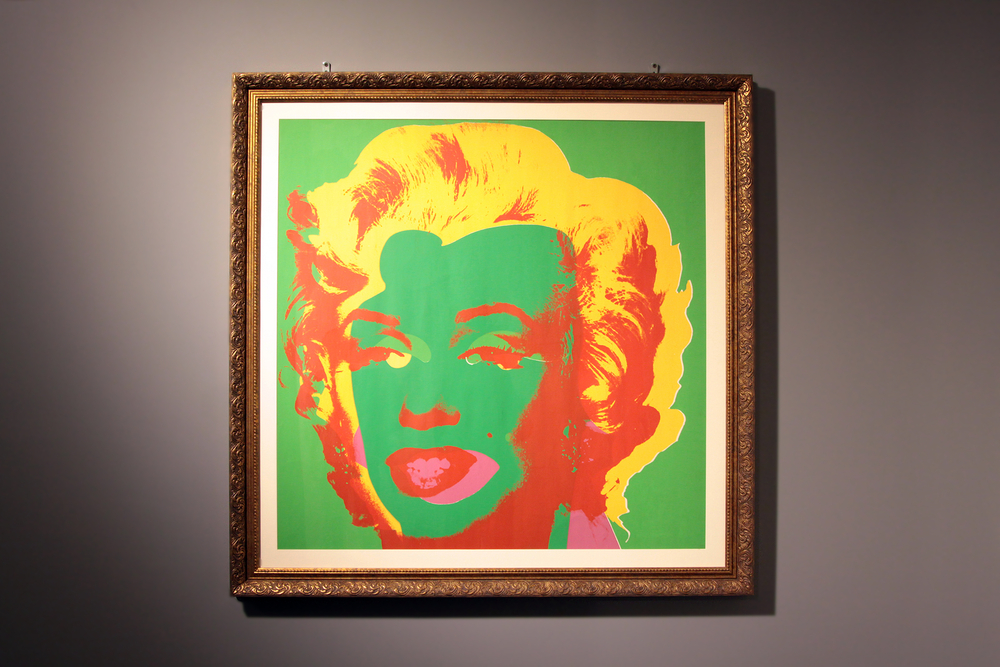{4 minutes to read} In a divorce, valuing art work or real estate properties can be a difficult task. As a former art dealer and now divorce mediator, I have been asked several times to speak about dividing up art works in a divorce.
Last October 2019, New York State Supreme Court Justice Laura Drager in Manhattan ruled that the Macklowe art trove amassed during 59 years of marriage should be sold and the profits shared. In a sign of the acrimony that fueled a prolonged legal dispute, the couple couldn’t agree on what the collection was worth — Harry’s expert said $788 million, while Linda’s said $625 million.
Granted, most people don’t have art collections of that magnitude, but whether small or large, it can be difficult for divorcing spouses to agree on the value of their art works. And this is not necessarily because they are acting in bad faith, but because the real value of a work of art is the price at which it sells on any particular day. Everything else is pretty much an estimation of what it would sell for.
Here are several ways to get valuations:
1. Certified appraisers will use recent auction results and other means of research to give a value. You will receive a very detailed written appraisal with documentation supporting their findings. An appraisal for insurance might be higher than present value to ensure for price increase over time, while an appraisal for an estate might approach valuation differently.
Note that history has shown that some art works may also go down in value over time even if the economy is good and the overall art market is strong.
2. Art dealers/galleries representing an artist might want to protect the value of the other works of the artist they are representing. They will give you a general idea of what they estimate they could sell it for.
Note that those prices may not be the end sale price, as buyers are known to try to negotiate for a better price.
3. Auction houses will give a low estimate and a high estimate of what they think the art work might bring at a sale. But they have no control over the bidders and how far they are willing to bid on any particular day.
Note that once the hammer comes down, one must add to the cost of the commission of the auction house, which can be 15% – 25%.
And who knew that a Marilyn Monroe portrait by Andy Warhol may bring a higher price depending on whether the background is pink, gold, green or blue!
In addition to the financial value, parties may have a particular attachment to one piece vs. another, and that can also have an impact on how they will divide up the art. One person may even agree to take a piece that has a lesser financial value because, for them, it may have a higher sentimental value.
In reality, no one can predict the value of art over time. We can only give estimates as of today. If the parties divide up the art work with values given today, they may find that within a year or two, some of their assets have gone up and others have gone down, creating a large disparity between their holdings.
If you need help with the equitable distribution of your art collection, mediation may be the best place for you. You and your partner or spouse can work together to come to an agreement.
In my next blog, I will be talking about the issues couples may encounter when trying to establish the value of their real estate properties.
If you have any questions, please do not hesitate to give me a call.
Jennifer Safian
divorce and family mediation
upper east side of manhattan (nyc)
new york, ny
(917) 881 5206
jpsafian@gmail.com
Latest posts by Jennifer Safian (see all)
- misinterpreting your partner’s demeanor may lead to conflict - October 9, 2024
- demystifying the money talk - September 11, 2024
- why are we afraid to discuss money? - August 21, 2024






Leave A Comment